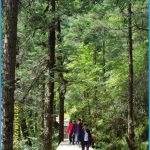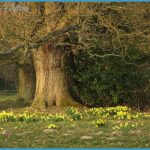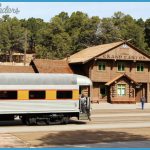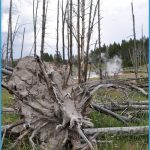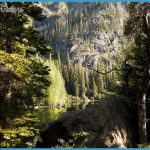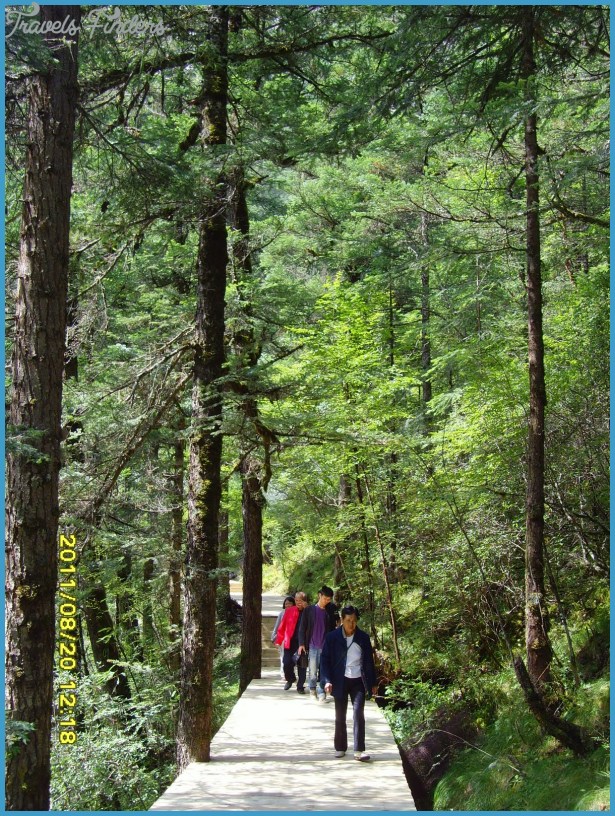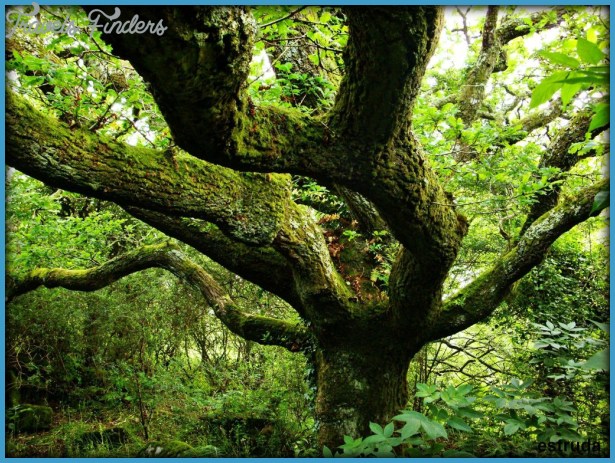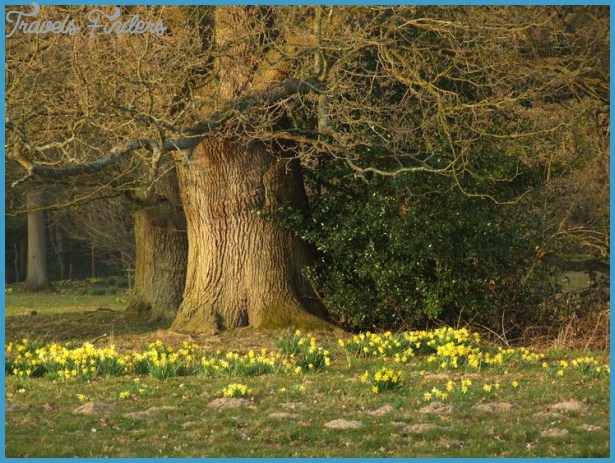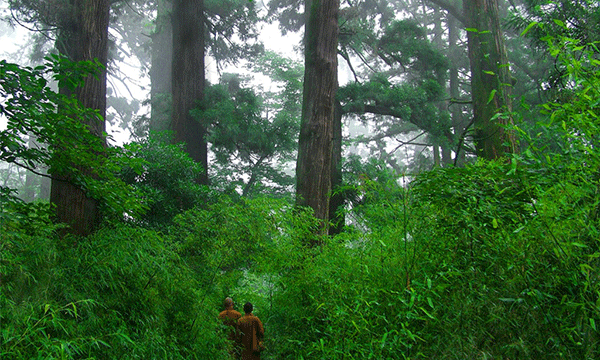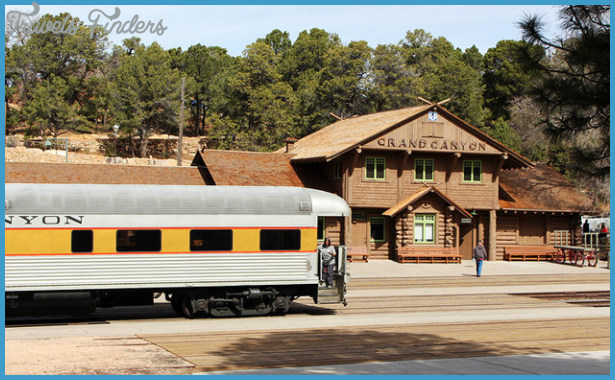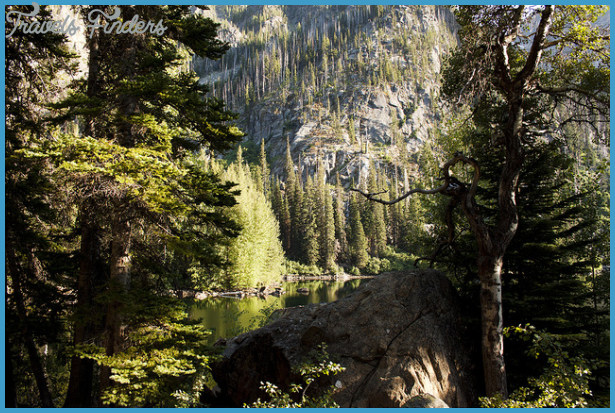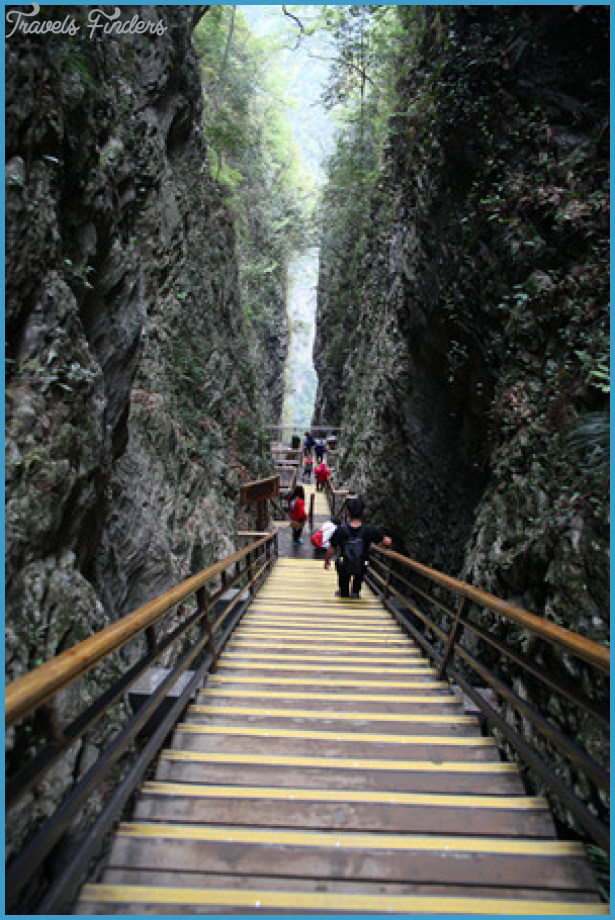JOYCE KILMER MEMORIAL FOREST AND CHEROHALA SKYWAY
Blue Ridge Parkway and Newfound Gap Road are arguably the most scenic drives in the southern Appalachians. But tucked back in the corner of Graham County on the Tennessee border, Cherohala Skyway gives both of them stout competition. But we’re getting ahead of ourselves; the skyway is at the end of our route.
Start out on U.S. 129 north of Robbinsville. Head south on NC 143. Drive 3 miles, then turn right to remain on NC 143. Drive 7 miles to the start of Cherohala Skyway, then turn right, exiting the skyway. Drive 2 miles, then turn left and drive to the trailhead for Joyce Kilmer Memorial Forest. Backtrack to the skyway and follow it 18 miles to the Tennessee border. (34 miles)
We begin just outside Robbinsville at Santeetlah Lake. In a few miles, you’ll come to the ranger station for the Cheoah District of Nantahala National Forest. Stop here for detailed forest information. If you plan to hike, be sure to pick up the Snowbird Area trail map and the map for Joyce Kilmer-Slickrock Wilderness and Citico Creek Wilderness.
Snowbird offers excellent hiking opportunities, including access to four major waterfalls. The area is not as crowded as the more well-known areas of the national forest, but don’t expect to find complete solitude. During the infamous Indian removal of the 1830s, many Cherokees fled and hid in the fastness of the Snowbird wilderness. More than five hundred direct descendants remain, living on tribal lands as a satellite group of the Eastern Band of Cherokee Indians. Descendants of another kind also remain. In the early 1900s, George Moore established a hunting preserve here. Among the exotic animals he imported were buffalo, Russian wild boar, and Russian brown bear. Moore’s efforts proved fruitless, with many animals poached and others escaping their fenced enclosures. All of the animal species eventually died out except for the wild boar, which flourished and eventually spread to forests all over the southwestern mountains of North Carolina. The boar’s method of feeding by uprooting vegetation wreaks ecological havoc, particularly in the Smokies.
Trees aren’t the only ancient things in the Joyce Kilmer-Slickrock Wilderness. This sign appears to have been here as long as the old-growth hemlocks and yellow poplars.
Cherohala Skyway winds through the Snowbird Mountains in this early-morning autumn view.
Joyce Kilmer Memorial Forest features the finest collection of old-growth yellow poplar trees in the nation.
At the beginning of the Cherohala Skyway, our route takes a side trip to Joyce Kilmer Memorial Forest. Alfred Joyce Kilmer, a poet who died in battle in World War I, is best known for penning the poem Trees. You know, the one that begins with I think that I shall never see / A poem lovely as a tree. Kilmer’s poem might be a little sappy to some, but his forest oh, my! Even a sentimental poem seems perfectly suited to the giant poplars and hemlocks and the carpets of wildflowers Against the earth’s sweet flowing breast.
Biologists don’t like to use the word virgin when describing ancient forests. They use the term Class A to describe old-growth forests where no significant signs of human disturbance can be determined. Joyce Kilmer Memorial Forest is classic Class A. Barely saved from the axe in the 1930s, it contains some of the largest yellow poplars and eastern hemlocks in existence. In early April,spring ephemeral wildflowers carpet the ground, with trillium, wild geranium, violet, jack-in-the-pulpit, hepatica, bloodroot dozens more everywhere you look. Tragically, the forest’s grand hemlocks are dying, the result of infestation by the hemlock woolly adelgid.
After visiting Joyce Kilmer Memorial Forest, backtrack to the beginning of the Cherohala Skyway at Santeetlah Gap. Cherohala comes from combining the words Cherokee and Nantahala, the two national forests through which the road runs. About eighteen miles of the road pass through Nantahala National Forest in North Carolina; the rest goes through Cherokee National Forest in Tennessee. The highway was built purely as a recreational drive, and at a price of $100 million, it is North Carolina’s most expensive road. Like the Blue Ridge Parkway, it features a high-elevation course, overlooks, trails, and spectacular scenery.
At Stratton Meadows, about sixteen miles from Santeetlah Gap, you can take a side trip down Forest Road 217 to Forest Road 210 along the Tellico River in Tennessee’s Cherokee National Forest. If you go, be sure to visit the scenic Bald River Falls, viewed easily from the road. In the other direction from Stratton Meadows, Forest Road 81 drops down and follows Santeetlah Creek through Nantahala National Forest. The road rejoins the Cherohala Skyway at Santeetlah Gap, making this an excellent loop option.
A footbridge over Little Santeetlah Creek takes hikers into Joyce Kilmer Memorial Forest.
The Confederacy depended on Moratock Iron Furnace for iron production during the Civil
War.

